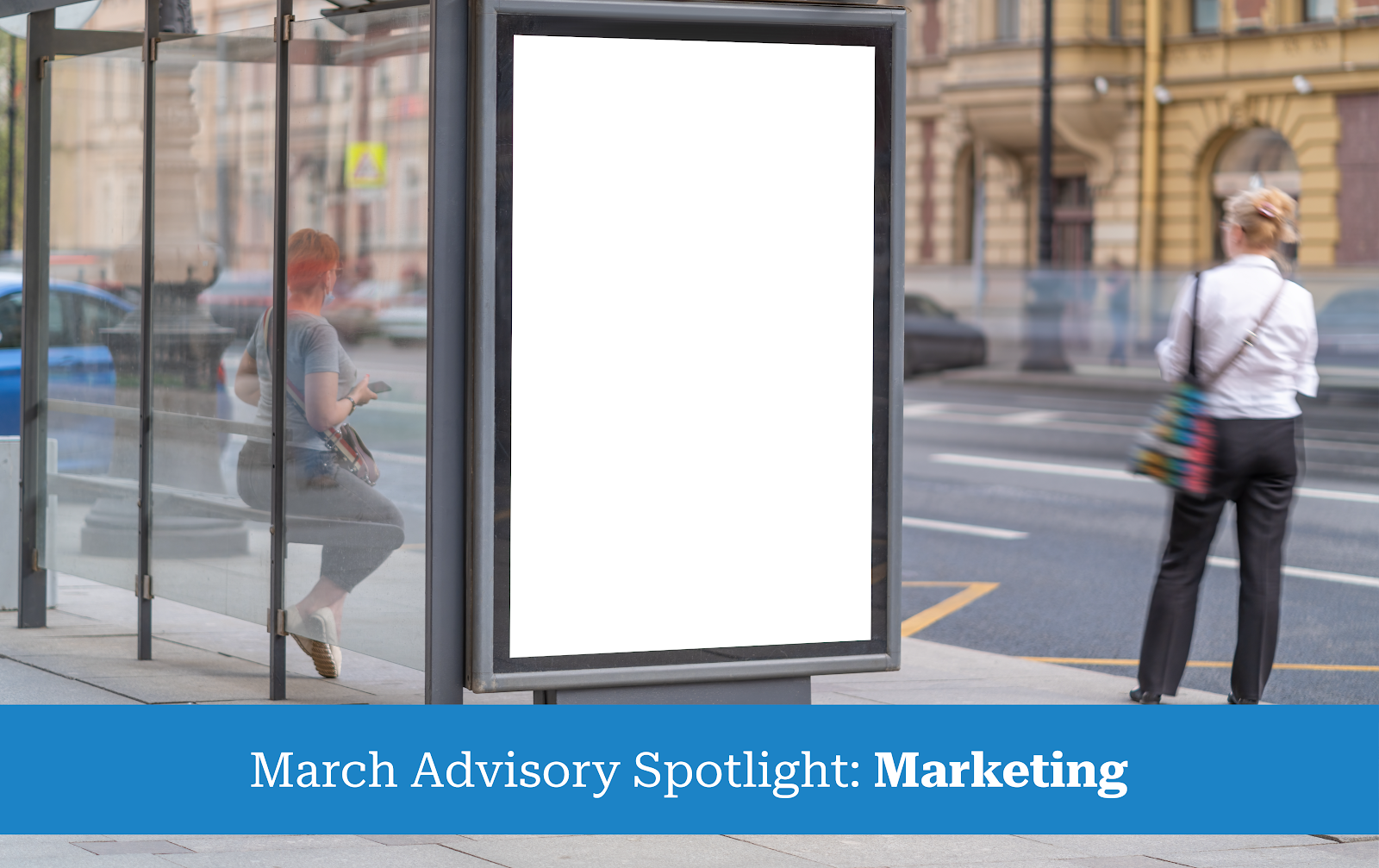Five Ways to Optimize ROI on Ad Spend (ROAS) for Your Business

The digital realm is becoming supersaturated in the post-COVID age. More businesses are digitizing operations and improving their online presence, ensuring continuity and growth by adopting multiple marketing channels such as PPC advertising.
This large-scale digital transition has increased online competition tenfold. With more players battling for digital ad space in the bustling marketplace, digital marketing costs have taken a massive leap. According to Statista, the global average cost per click has increased from $0.52 to $0.62 between 2021 and 2022.
This 17% rise has forced many companies to reevaluate their marketing budget and adjust their digital advertising strategies to account for the CPC inflation. However, many forward-thinking marketing leaders are seeking more innovative ways to improve their return on ad spend (ROAS).
If you want to do the same, keep reading our guide on how to optimize ad spend for your business. We’ll share effective tips and strategies that can improve your ad campaigns’ effectiveness in terms of clicks and conversations, helping to generate more revenue than before.
ROAS Explained
Return on ad spend, or ROAS, is a key performance indicator (KPI) marketers use to evaluate ad campaign performance. It shows the revenue earned for every dollar spent on Facebook, Instagram, Google, or other ads. Unlike return on investment (ROI), it doesn’t measure the net marketing profit or investment.
Instead, it helps businesses calculate the money earned from a digital ad by measuring clicks and conversions.
For example, suppose you invest $2,000 in a PPC ad campaign and earn $5,000 in return. In this case, your ROAS would be:
($2,000/$5,000) x 100% = 40%
Importance of ROAS
Most savvy digital marketers know that ads do much more than simply target a specific keyword list. They can add to your bottom line and help achieve your conversion and other marketing goals. The core purpose of this KPI is to determine if the revenue generated from ads exceeds the overall campaign costs.
Although ad and conversion click rates provide valuable insights, they don’t necessarily tell you if your campaign is successful. For instance, you could have a great click-through rate with high conversions, but not generate any profit from the campaign.
Calculating ROAS can help strike a balance between clicks, conversions, and revenue generation, ensuring your digital ad spend delivers positive returns.
Five Ways to Optimize Ad Spend and ROAS
 Image source: https://www.pexels.com/photo/a-group-of-people-discussing-charts-6476260/
Image source: https://www.pexels.com/photo/a-group-of-people-discussing-charts-6476260/
Below are five simple tactics you can use to optimize ad spend:
1. Adopt a Data-Driven Advertising Strategy
In the modern age, you must have a data-driven digital marketing strategy. Ideally, you should collect the following data to optimize ad spend:
- Demographic & psychographic information
- Location
- Online behavioral data
- Intent data
- Sales reports, etc.
With this information (and more), you can create more personalized ad campaigns to increase clicks and conversions. The more conversions you have, the more likely you are to reach your target ROAS.
2. Segment Your Prospects
In the digital ad space, there’s nothing worse than wasted clicks. Therefore, you must segment your target audience to ensure most of your clicks are from potential users or buyers. Proper grouping based on location, income, lifestyle, and other factors can reduce ad budget wastage while maximizing ROAS.
Image source: https://www.pexels.com/search/marketing/
3. Use Long-Tail Keywords
Did you know long-tail keywords generally have a lower cost per click than short keywords? That’s right. You can optimize your budget by reducing ad spend or targeting more keywords.
However, this doesn’t mean you shouldn’t target your best short keywords. Instead, find the right balance between long and short keywords to narrow your list.
4. Use Multiple Advertising Platforms and Ad Formats
Astute marketers don’t stick to a single ad platform or media format. Instead, they test multiple solutions and content types to maximize clicks and conversions. Ideally, you want your ads to be present wherever your ideal prospects are.
Invest in every possible touchpoint to optimize your ROAS. Popular paid ad formats and channels include:
- Video ads
- Email marketing ads
- Social media ads
- Mobile ads (games, apps, etc.)
- Native ads, etc.
5. Combine Paid and Organic Campaigns
One of the best ways to optimize ad spend is by reducing your reliance on paid advertising. To do that, you must improve your organic online presence in search results, social media, and other digital mediums. You can then combine your paid and organic marketing efforts to optimize ROAS and ROI.
For instance, if you’re launching a new product, you can create review videos, blog posts, and social media content to create hype among your target audience. You can also increase content visibility by leveraging digital ads to target specific demographics based on their interests to drive higher conversions and sales.
How to Optimize Ad Spend for Your Business — Bottom Line
Modern businesses are stuck in an everlasting race to capture their target audience’s attention. According to Web Tribunal, an average user sees between 4,000 and 10,000 ads daily on websites, social media, etc. Hence, you can imagine how hard it is to place your ad at the top of search results.
By learning how to optimize ad spend for your business, you can do more than navigate and overcome the challenges of high ad competition. You can also improve your marketing ROI with deeper targeting, more personalized messages, and proper advertising channel selection.
2897 Views












